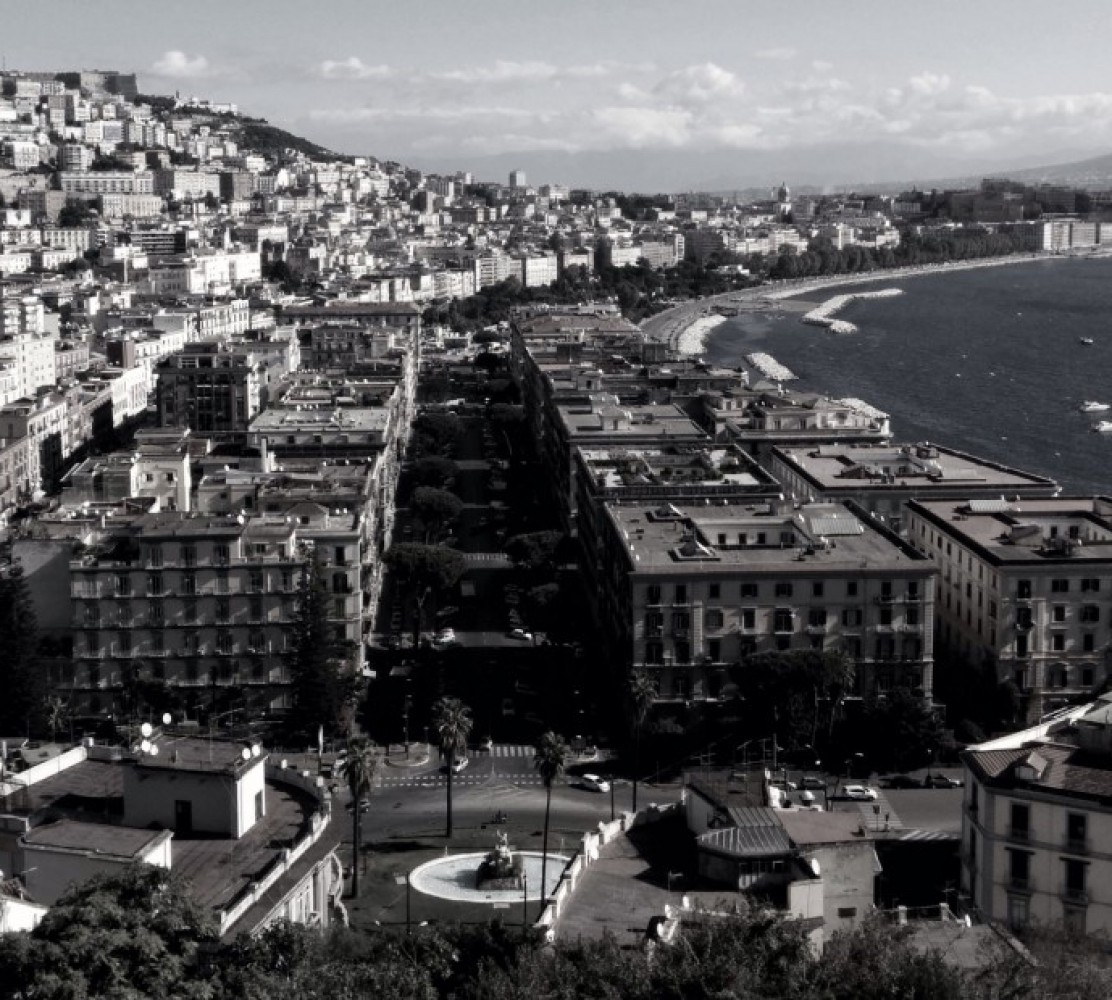 A paraklausithyron is a ‘motif from Greek and especially Augustan love elergy’ which typically places a lover outside his (or her) mistress’s door, desiring entry. This one, in a woman’s voice, was found in Pompeii on the door of a modest private dwelling and is reportedly ‘the only female homoerotic love poem to survive from the ancient Roman world’.
A paraklausithyron is a ‘motif from Greek and especially Augustan love elergy’ which typically places a lover outside his (or her) mistress’s door, desiring entry. This one, in a woman’s voice, was found in Pompeii on the door of a modest private dwelling and is reportedly ‘the only female homoerotic love poem to survive from the ancient Roman world’.
Oh, if only I could hold your sweet arms around my neck
In an embrace and place kisses on your tender lips.
Go now, entrust your joys to the winds, my darling,
Believe me, fickle is the nature of men.
Often I have been wakeful in the middle of the wasted night
Thinking these things to myself:
many men whom Fortune has raised up on high,
Now suddenly rush headlong, and fall, overwhelmed by her.
In this way when Venus has suddenly joined together lover’s bodies
But daylight comes to divide them.
‘The fleeting nature of love, desire, and pain of separation, all at Venus’s behest’ are recurring themes of graffiti in Pompeii.
Featured image: Simeon Solomon. Sappho and Erinna in a Garden at Mytilene. 1864.






